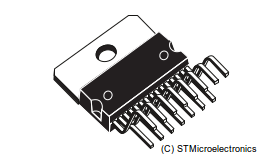
A few months back a colleague introduced me to the TDA7297 audio amplifier. The full data sheet can be found at the ST homepage.
Brief version: A stereo amplifier with 2x15W as an integrated circuit. Needs 6-18V and has good ratings overall. Cost under 4EUR. And the data sheet contains a "Low cost" application circuit.
Obviously, this is something everybody needs to use in a project.

At first glance the schematic is simple enough. The TDA is not even using most of its extra functions (Have a look in the data sheet for a circuit in combination with a microprocessor). Obviously there is no volume control drawn, perhaps they think its best controlled by the source. A quick solution is to control the input with a stereo 50K potentiometer. Other than that, you need a few basic parts and are almost good to go!
One thing which might be a good idea if you want the TDA to live a long and happy life is a heat sink, which should be attached to the IC.
When I looked up the possibilities, I stumbled over pre-assembled boards with everything you need to build an audio amplifier. They come with heat sink, volume pot, even an audio input plug. And although I did not like the fact, that I gave this part of the build away, I just bought a pre-assembled PCB.
To really get started, you need a 30W power supply, some 12V LED power supply will work just fine. You also need speakers and a case. As my build should be inexpensive, I used wooden slats I glued together. I want to use the boombox mainly outside, so it does not matter if it is not the prettiest one.
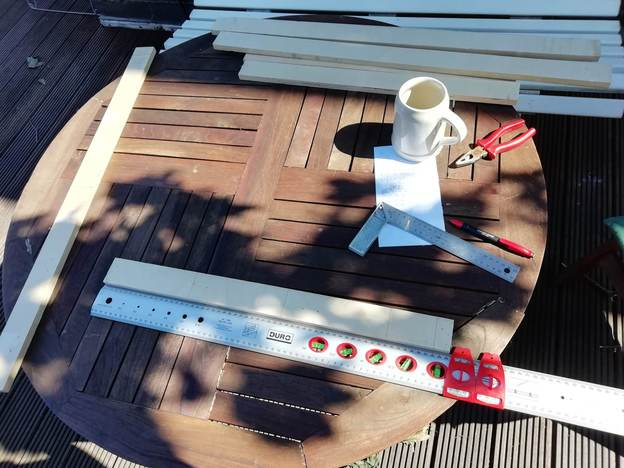
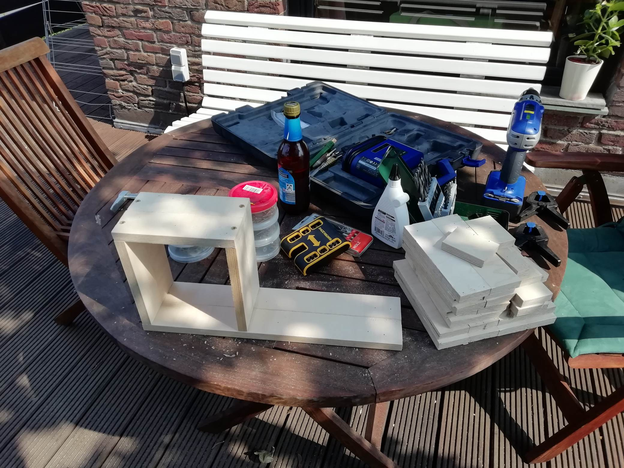
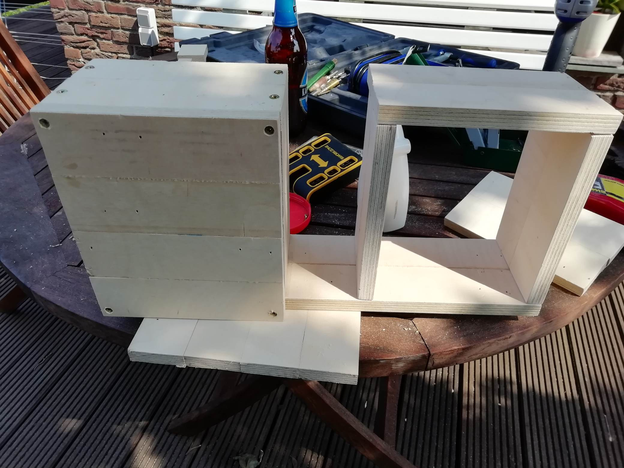
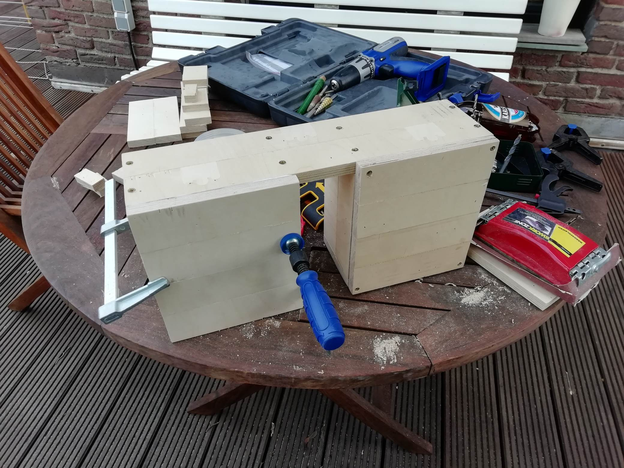
With the casing almost done, it was time to think about speakers. As I wanted the build to be inexpensive, I was really limited to mediocre quality speakers. I then decided to use JVC CS-J620 coaxial speakers for car Hifi systems. The coaxial speakers have a wide range speaker and a tweeter combined on one axis. These ones in particular had 16cm diameter, which fitted perfectly. Also, the ratings of the speakers were good and the price below 20EUR, so I bought them.
The problems which comes with Car speakers is, that they will typically have a lower impedance of 4Ohm, whereas most Hifi speakers in the home segment have 8Ohm impedance. This can, for some amplifiers, be a problem. If they are designed to handle 8Ohm on the output and you give them 4Ohm, it might happen, that the increased current is bad on the amp. But, it seems, this is not the case for the TDA, it works fine on a lower impedance.
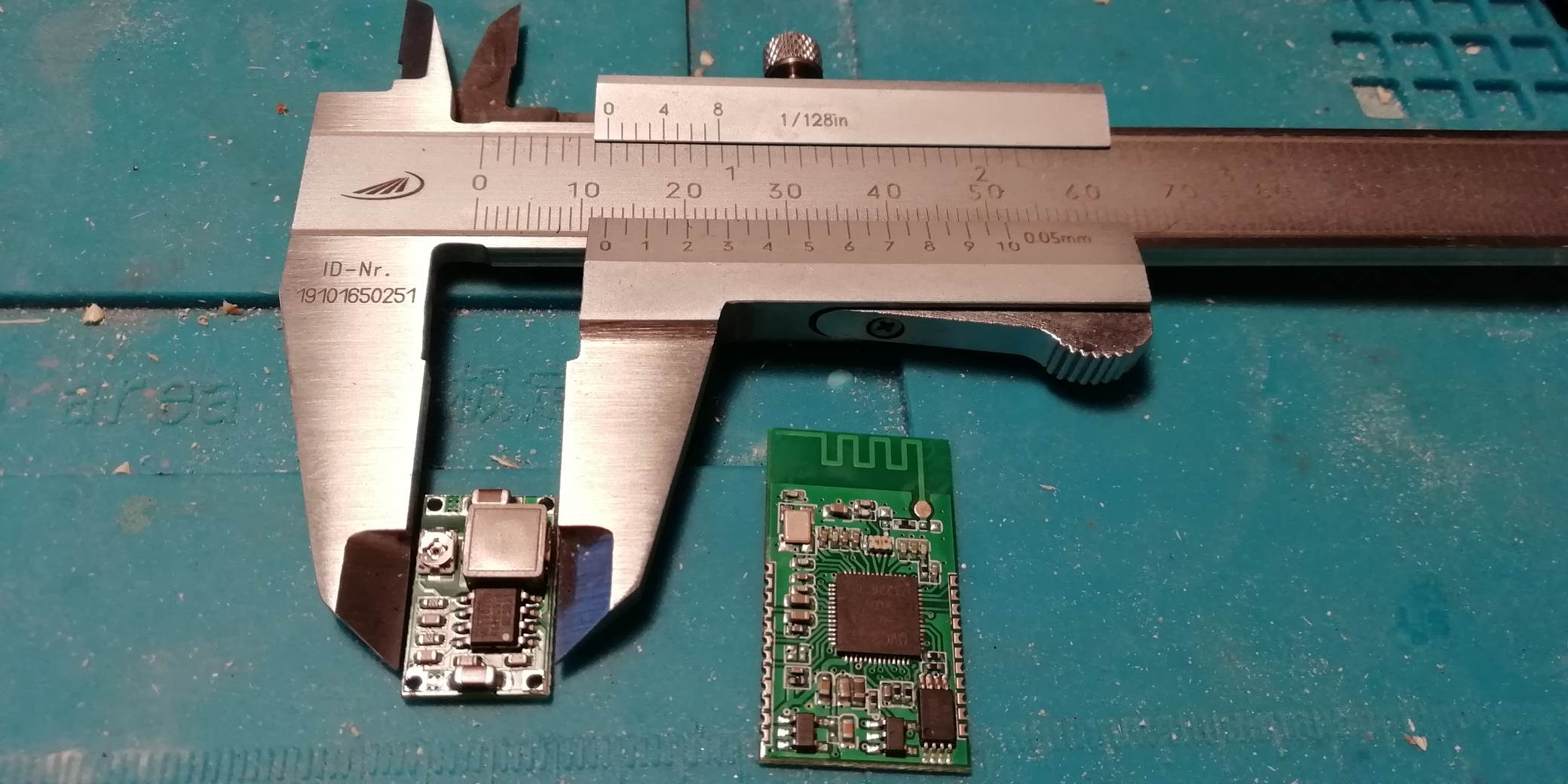
With amplifier, speakers and case more or less ready, it is now time think about which source to use.
The standard input method used to be a 3.5mm plug, which is still very common on most MP3 Players and smart phones. But more common nowadays seems to be a Bluetooth interface. My Boombox should be able to handle both. So I put a Cinch input on the Amp and looked for a simple solution to use Bluetooth.
The XS3868 module seemed to be a good fit but needed 5V input. The XD-45 MH mini module seemed to be perfect to do that.
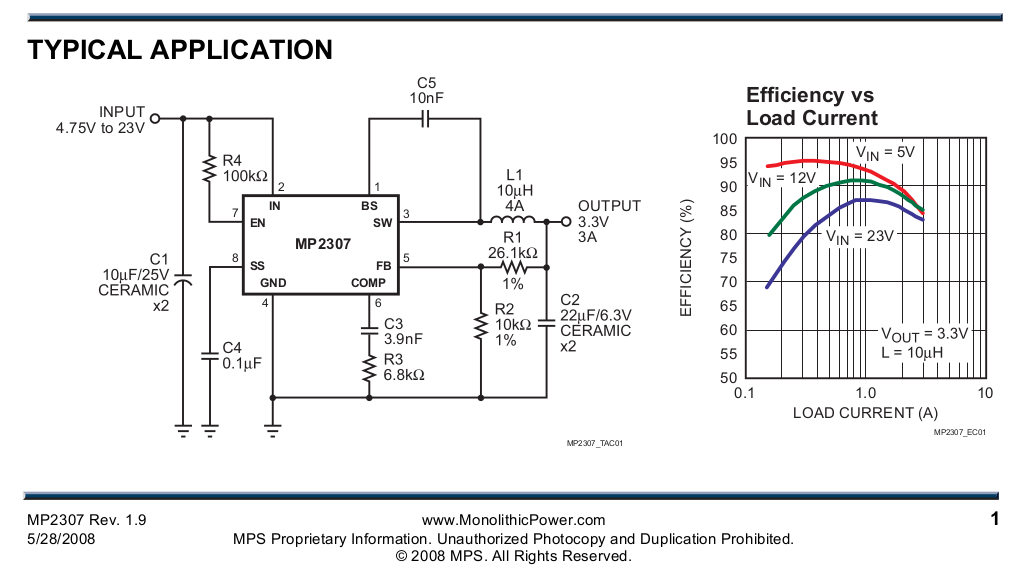
The voltage regulator in the module is an MP2307 DC-DC variable converter. It is really small, even when on a module PCB. I will probably use this module more often in the future. It is cheap, small, variable and can handle up to 23V input.
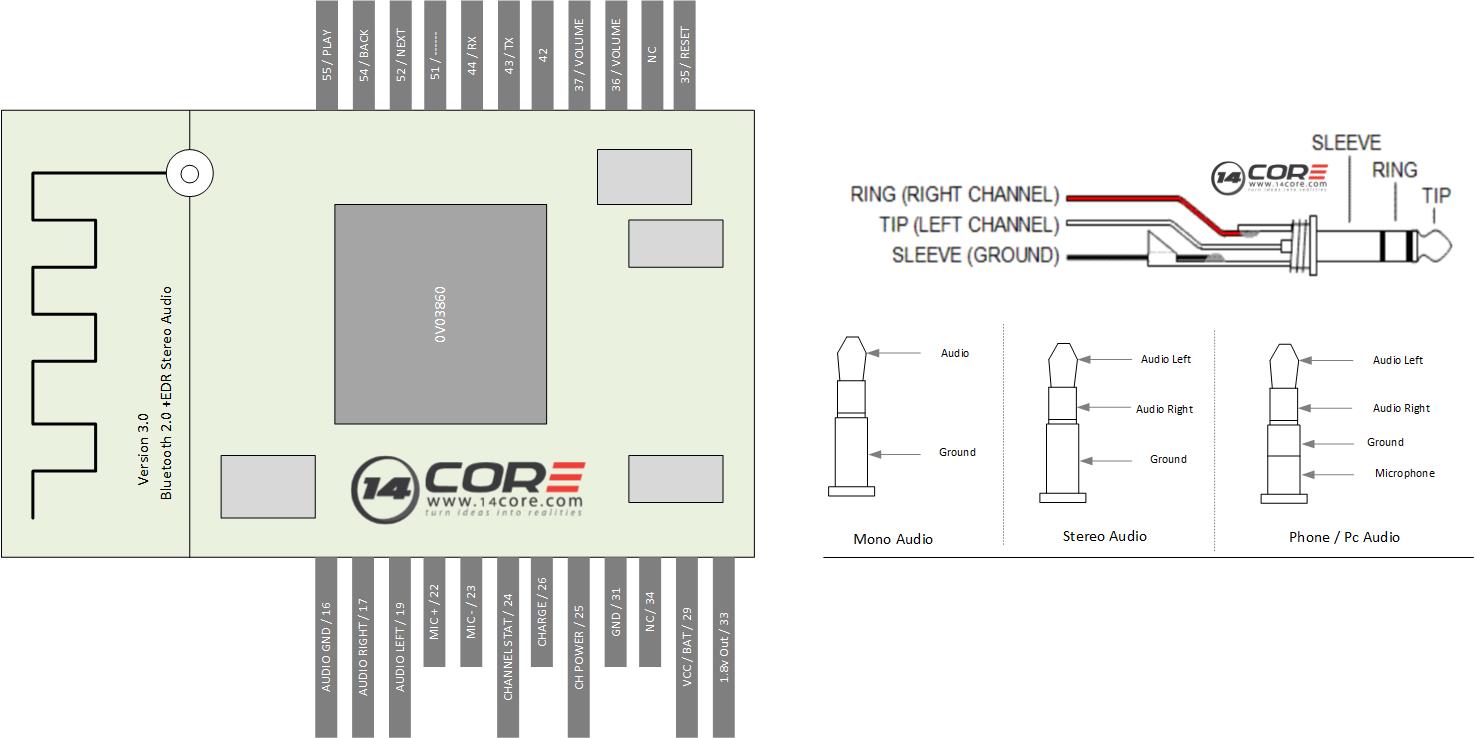
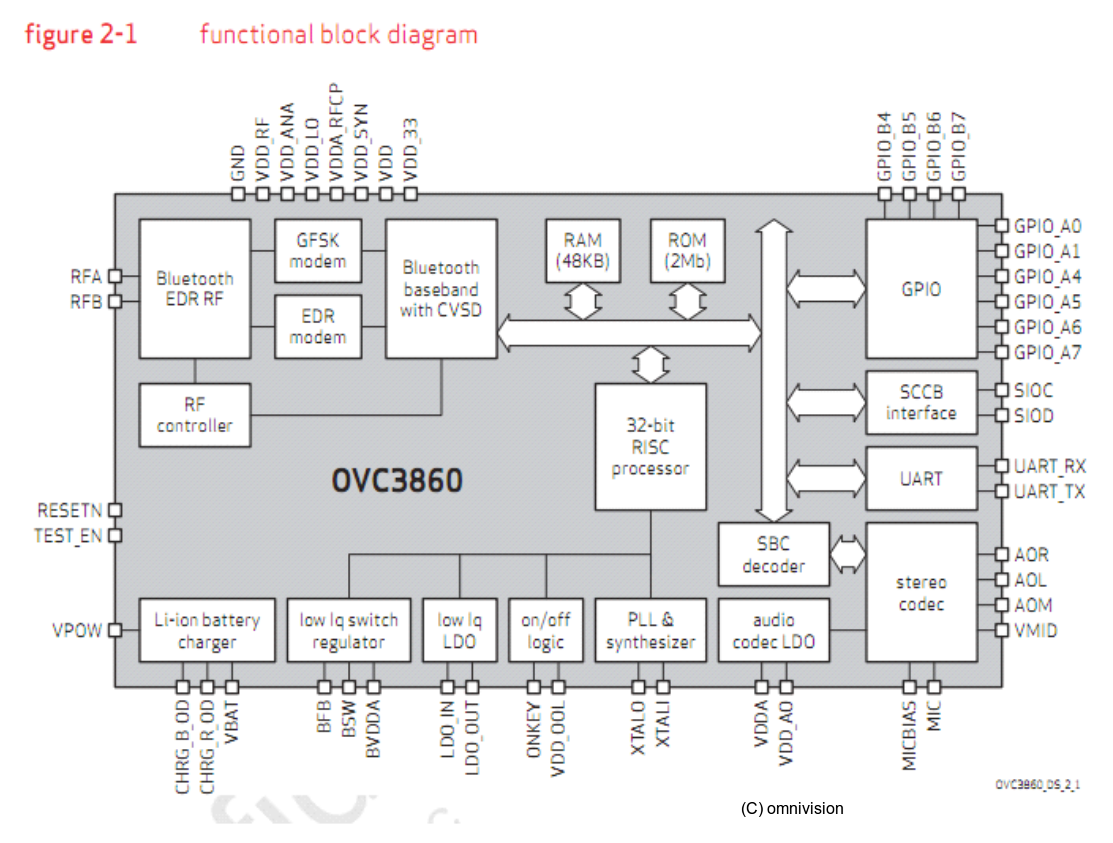
The core of the XS3868 is the OVC3860. It is a 10 year old chip which is really quite neat. It even has a serial interface! Nevertheless, the module seemed to have a problem: When the connected device was not streaming, the module had a 6.25kHz noise on the output channel:
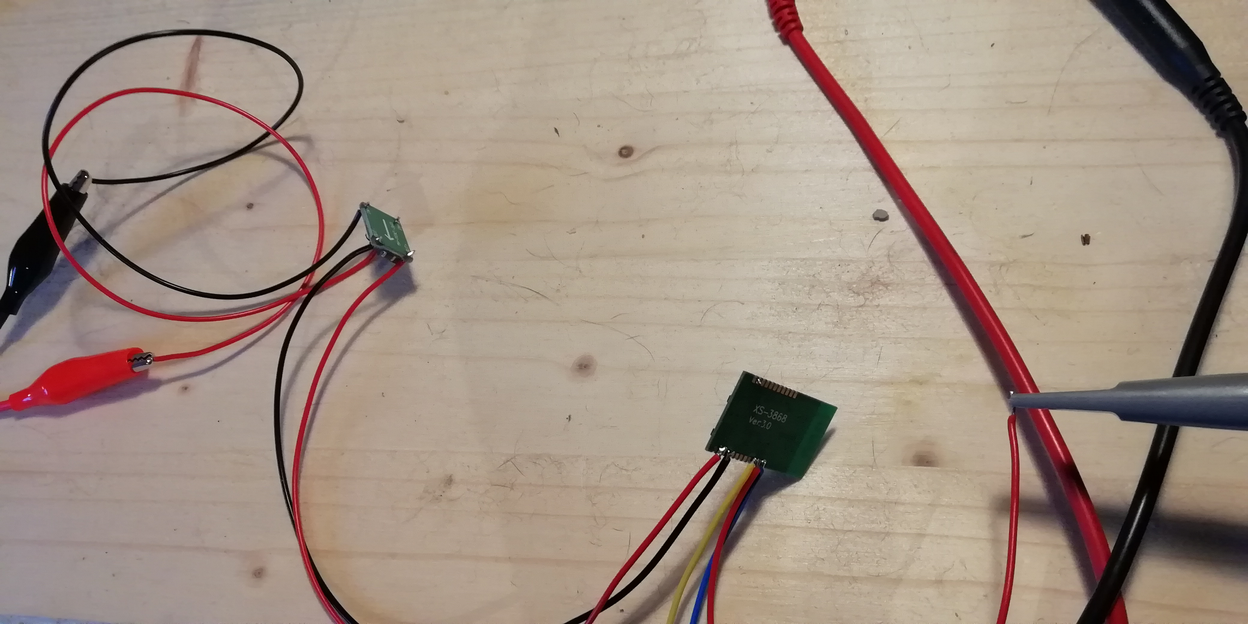
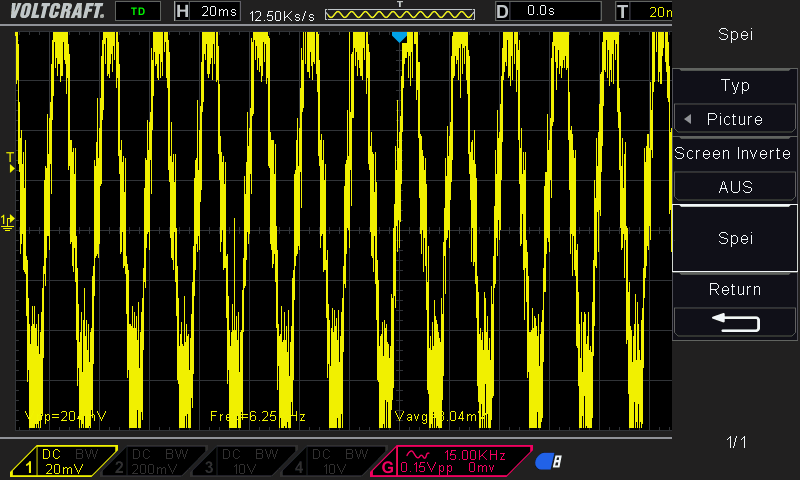
You can get rid of this by soldering a 22uF cap from one of the SMD caps to Audio Ground, as described here.
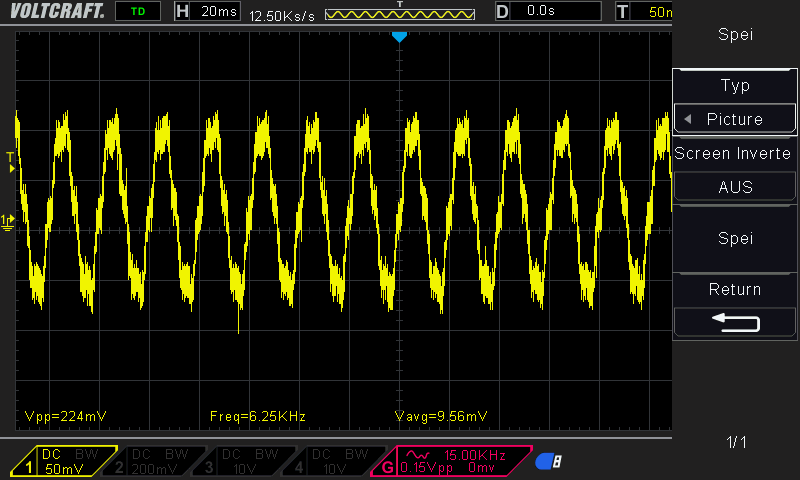
Now at first it only looks like the noise is only a bit damped. Especially if you consider the different scope settings of the two measurements. But if you add a speaker to the output:
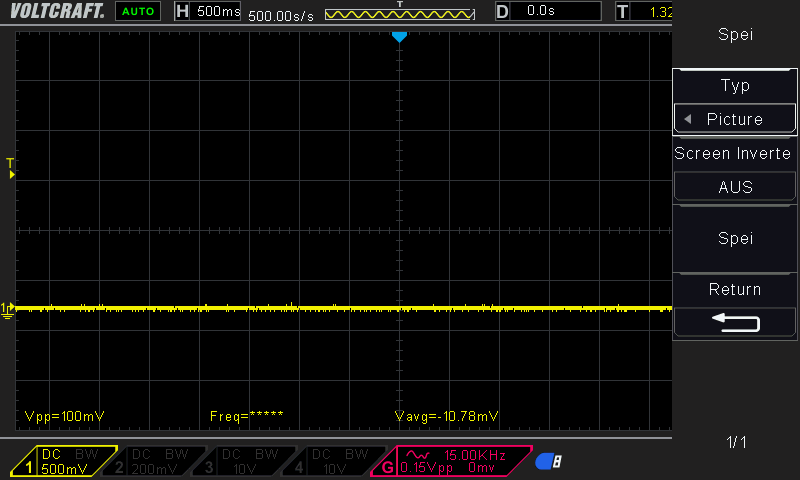
Everything looks alright. Playing music looks great and sounds alright:
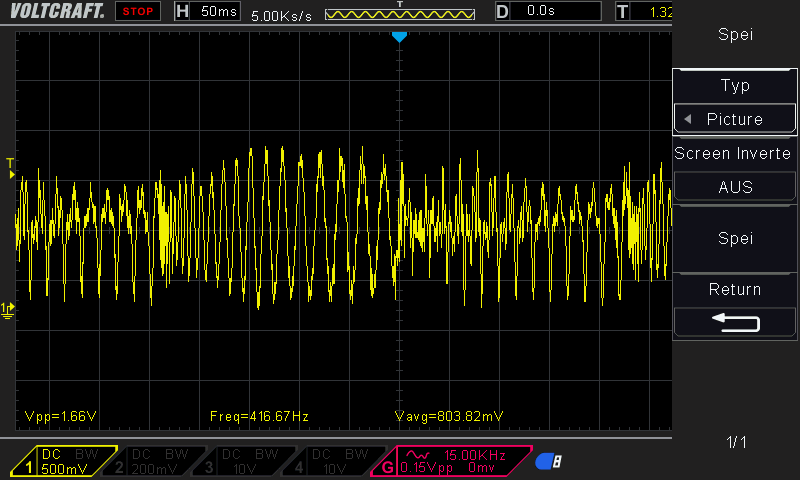
So that's it. I added white paint to make it look a bit nicer. The goal was a boombox for barbecues, and that's what I got. The car speakers look more aggressive than they sound, but they can be really loud. The bass could be a bit more pronounced, but is alright.
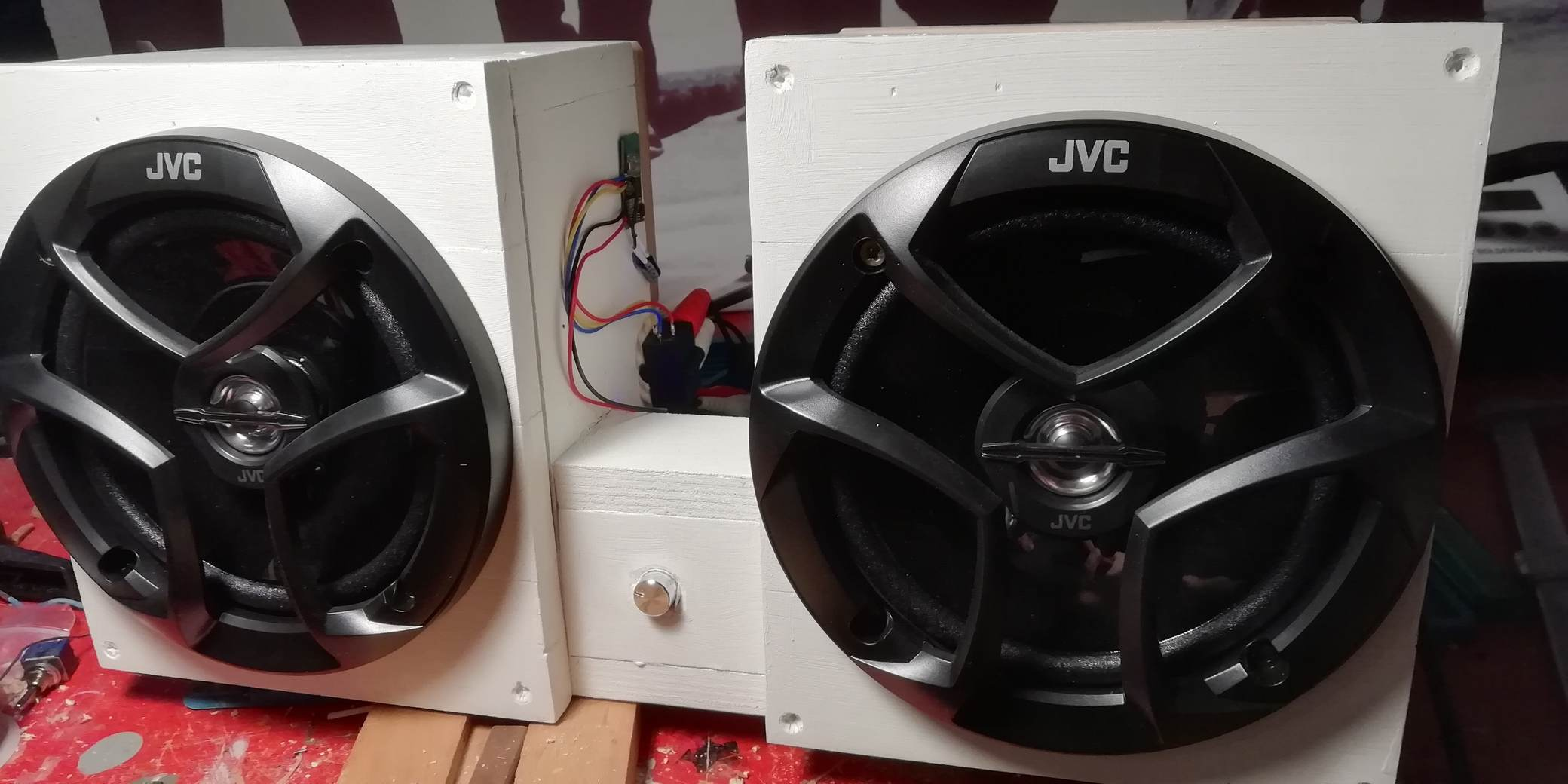
Summed up, I am very happy with the build. The Bluetooth module is really great for a cheap build and the power and quality of the amplifier is really astonishing considering size and price!